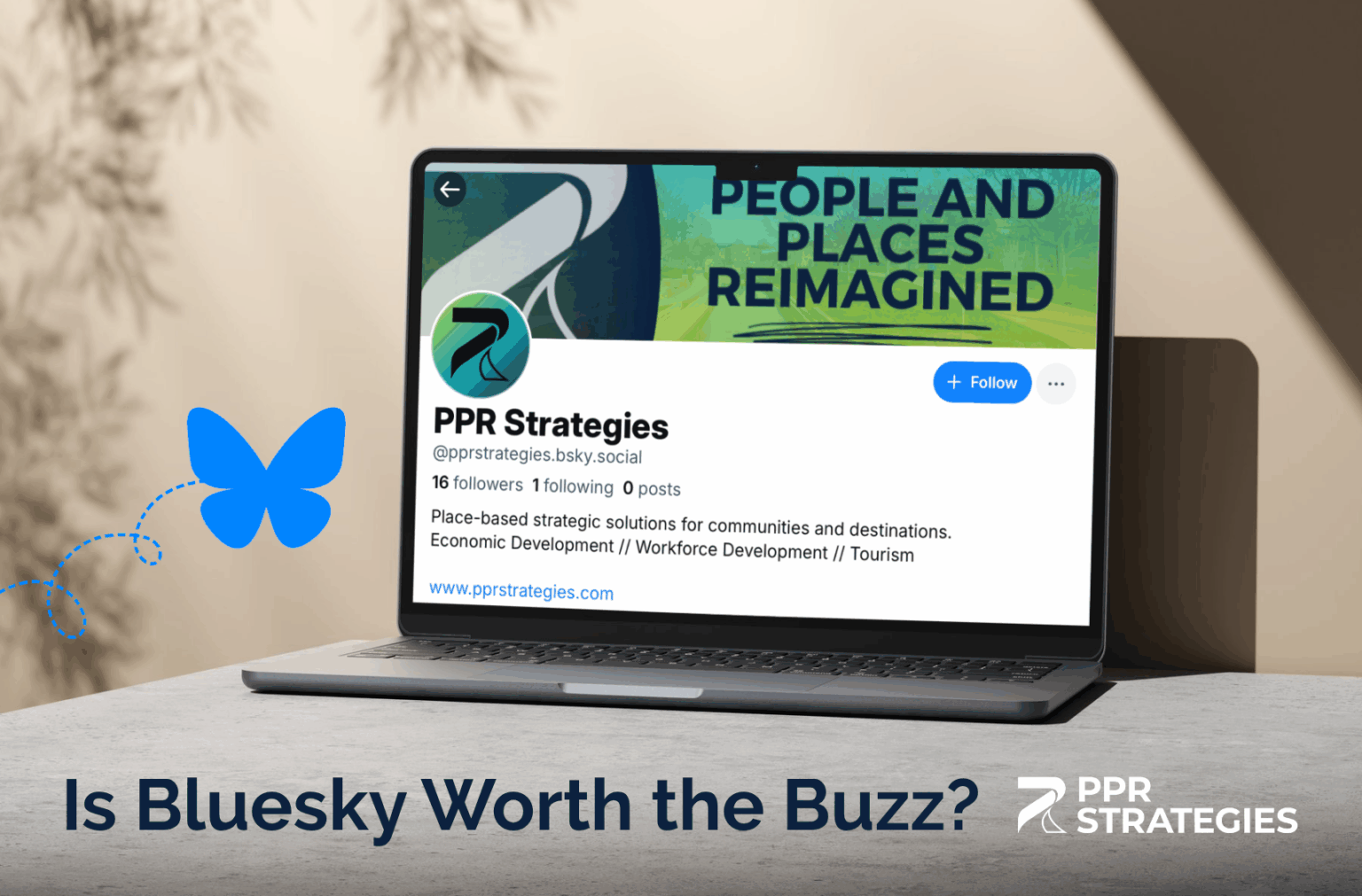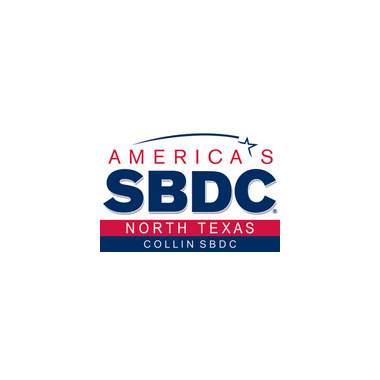Recently, I attended Zoomtopia, the 2-day virtual Zoom conference. This free conference offered the opportunity for people all over the world to learn more about how to use Zoom to run successful virtual offerings.
The conference agenda included international Zoom users and subject matter experts, deep dive technical sessions, product updates, demos with Zoom experts, and more. Entrepreneur Mark Cuban of Shark Tank gave a keynote address, and many other celebrities made surprise appearances during the different sessions. If you missed it, you can catch session replays for free here.
I attended 3 different sessions – two of three were led by Zoom employees. My most interesting takeaway?
They made mistakes.
Yes, the Zoom experts themselves made mistakes during their big-deal international 2-day virtual conference!
It gave me a sense of compassion for them – and all of us – because mistakes happen on digital video platforms. Even if you created the platform yourself!
This insight gave me some room to breathe. I hope it can do the same for you and prove that you don’t need to get everything perfect in order to lead large-scale conferences or pull off multi-day virtual events (or even a webinar for the first time). Mistakes and technical glitches come with this digital territory we’re all navigating.
I appreciated that the session leaders were authentic and open about their mistakes, using them as teachable points. They talked about how, 9 times out of 10, your webinar or meeting attendees don’t know what you had planned and they don’t know you made a mistake. Their suggestion? Just take a moment to pause and recover from it.
They shared other suggestions for making virtual conferences as foolproof as possible (which weren’t that different from what’s needed for in-person events).
They suggested:
- Think through the technology. Will you be using different Zoom functions during the presentation? Will you share your screen or reply to chats? Think through what aspects of the technology you will be using before the big day.
- Think through the user experience. It’s great to get creative, and there’s a lot more we are doing on Zoom now than we were one year ago. Just make sure to think through what the user experience will be like on the other side so that your attendees are able to get the most benefit from what you’re offering.
- Plan your rehearsals. Plan to lead rehearsals where you go through the presentation and practice going through the technical elements. This will help you to feel confident delivering your content, figure out where potential glitches are, and figure out solutions.
- Trust the process. Ultimately, you will have to let go and trust that you’ve got this! If you’ve taken time to prepare, then you can confidently trust that you and your team can handle any challenges that arise. If all else fails, remember to breathe, pause and recover.
In another session, they shared some of the different Zoom plug-ins and additional features that will be rolling out in the next several months.
There can be a learning curve when it comes to adjusting to new technologies. A great place to start is on a platform you’re already working on learning. By practicing getting more comfortable with it, you’ll be able to maximize what your organization is able to pull off virtually.
If you’d like support figuring out how to create more virtual offerings like webinars, events, or conferences, feel free to send us a message or leave a comment down below. We’d love to support you in expanding your offerings into the virtual space.
‘Til next time,
Sandy








